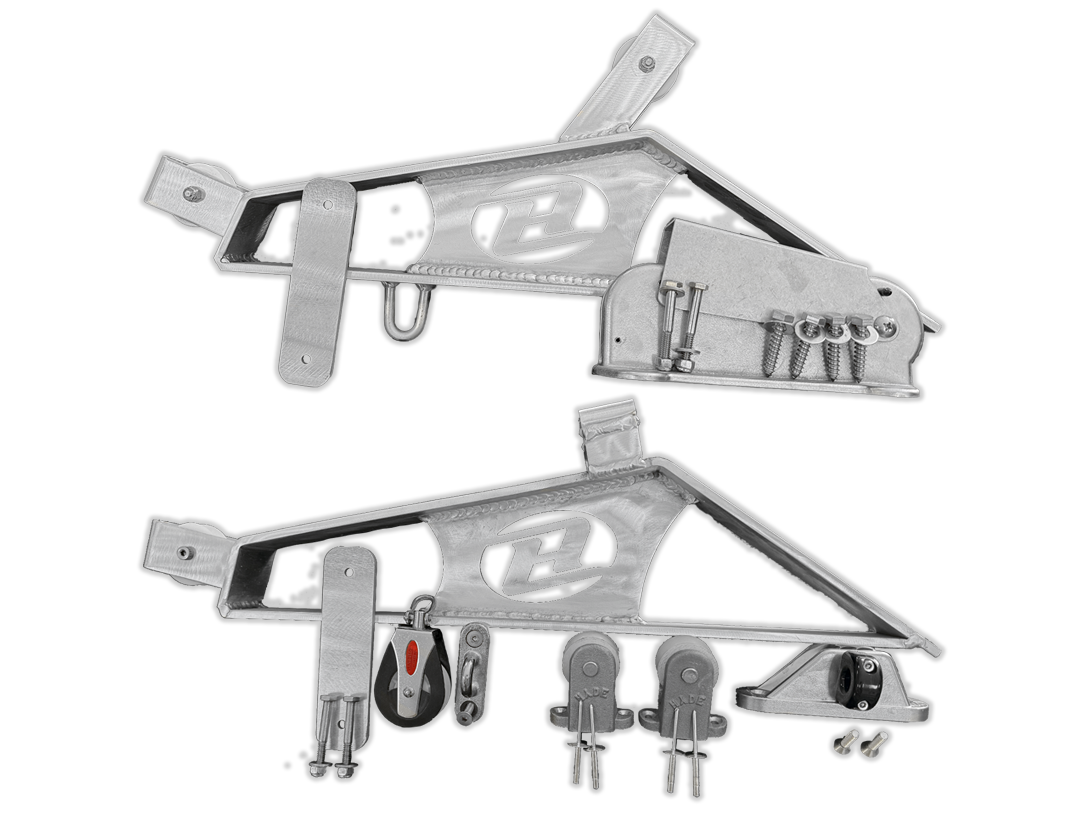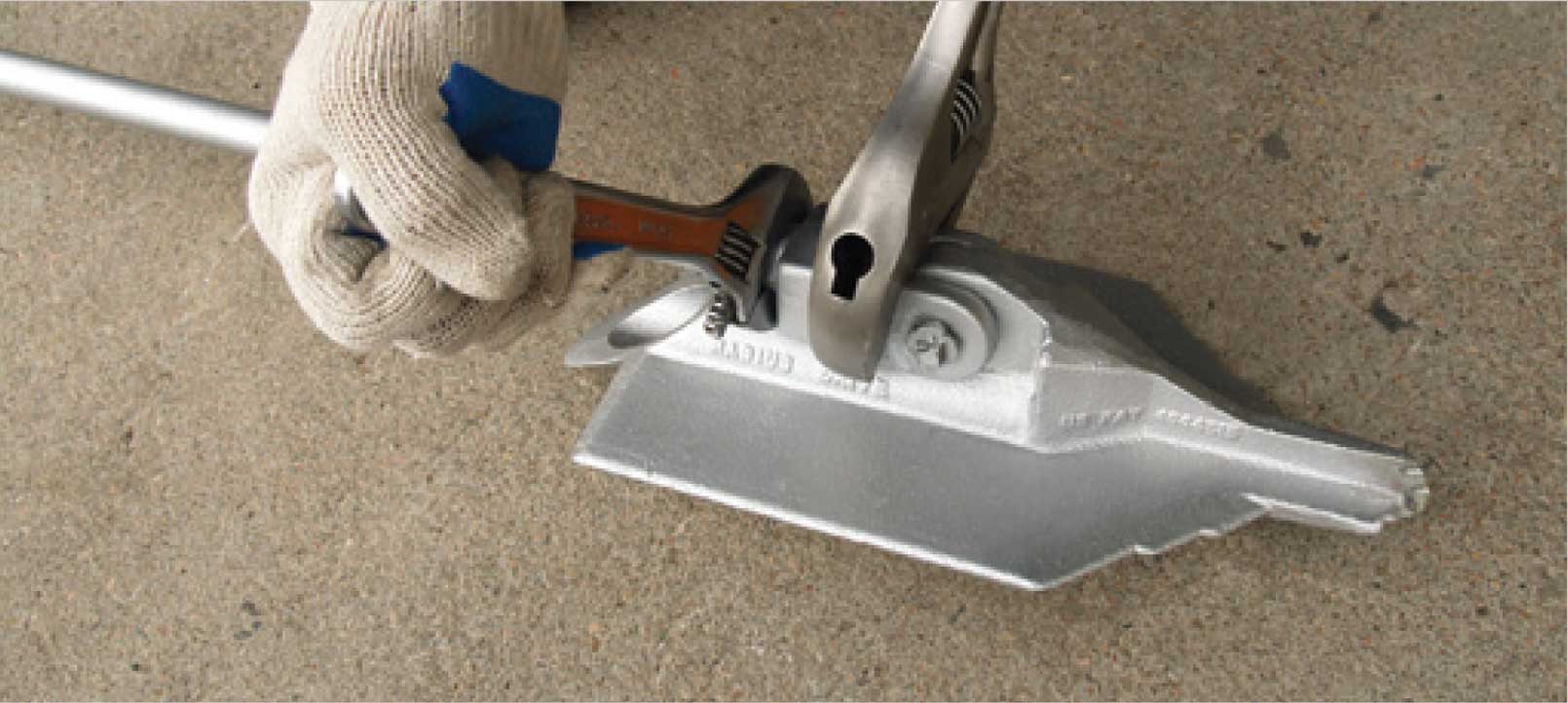Improve Your Exterior Structures with a Quality Earth Anchor
Efficient Anchor Equipments Designed for Maximum Stamina
The style of efficient anchor systems is essential in ensuring maximum toughness and integrity across various applications, especially in aquatic and civil design. By using innovative materials and advanced engineering techniques, these systems not only boost holding power however likewise adapt to difficult environmental conditions. As we explore the different types of anchor systems and the products that underpin their performance, it comes to be noticeable that the future of securing modern technology might hold also higher developments. What ramifications do these growths have for safety and security and performance standards in the industry?
Value of Support Systems
Anchor systems play an essential duty in different applications, from marine building and construction to offshore boring and also in the stability of structures on land. In aquatic atmospheres, anchors are vital for mooring vessels, stopping drift due to wind, currents, or waves.
In addition to aquatic applications, support systems are essential in civil design, particularly in the construction of preserving wall surfaces, bridges, and structures in geologically challenging locations. These systems aid distribute tons properly, counteracting forces such as dirt stress and seismic activity. The relevance of support systems reaches the eco-friendly power industry, where they safeguard wind turbines and overseas platforms, contributing to the security and effectiveness of power generation.
Inevitably, the effectiveness of an anchor system is fundamental to the safety, durability, and functionality of various structures, making their layout and execution a crucial element in design and building techniques throughout numerous industries.
Ingenious Materials in Support Style

Modern developments in materials scientific research have significantly changed support design, boosting efficiency and toughness. The incorporation of high-strength alloys and composite products has actually resulted in anchors that can endure severe ecological problems while maintaining architectural stability. These innovative materials not only offer premium tensile stamina however likewise decrease weight, boosting simplicity of installation and handling.
One noteworthy growth is the usage of carbon fiber reinforced polymers (CFRP), which supply exceptional corrosion resistance and high strength-to-weight proportions. This allows for the style of anchors that are both incredibly durable and light-weight, making them suitable for marine applications where exposure to deep sea can lead to material destruction.
In addition, developments in layers-- such as advanced epoxy and galvanization-- more shield metal anchors from deterioration, prolonging their life span. These layers can be tailored to satisfy details ecological obstacles, ensuring that anchors do dependably also in rough problems.
Additionally, the integration of wise materials, which can adapt to changing lots and ecological variables, is paving the way for future support layouts. These growths emphasize a pattern in the direction of greater efficiency and reliability in securing services, eventually improving security throughout numerous applications.
Kinds of Reliable Support Solutions
Efficient anchoring solutions are essential for ensuring security and security in different applications, from building to marine operations. A number of types of efficient support systems attract attention for their effectiveness and adaptability to various settings.
One prominent type is the screw anchor, which makes use of a helical style to offer exceptional holding power in soil and soft ground. These supports are especially helpful in short-term structures and can be easily gotten rid of and recycled.
Another favored system is the driven heap anchor, often used in heavy and aquatic building jobs. These supports are driven deep into the ground, supplying exceptional resistance to side forces, making them ideal for supporting huge structures.
For marine applications, the mooring buoy support system is crucial. This system includes buoyant gadgets connected to supports on the seabed, enabling vessels to stay secure while minimizing drag from currents and winds.
Last but not least, the deadweight anchor system counts on hefty weights to supply stability and is generally used in offshore installments. Each type of anchor system is created to fulfill specific demands, ensuring the security and honesty of frameworks and vessels in various conditions.
Safety Criteria and Regulations
Making certain the security and reliability of anchoring systems involves adherence to rigorous safety and security criteria and guidelines. These standards are established by various companies, consisting of the American Society for Screening and Materials (ASTM), the International Company for Standardization (ISO), and regional building ordinance. Conformity with these laws is vital to guarantee that securing systems can hold up against environmental stresses and lots, decreasing the danger of failing.
Evaluating and certification processes are basic parts of safety requirements. Anchoring systems need to undergo strenuous analyses, including tensile stamina examinations, exhaustion tests, and environmental impact examinations. These examinations aid identify the systems' performance under real-world conditions, Your Domain Name ensuring they fulfill or go beyond the needed security limits.
Additionally, suppliers are called for to give detailed specifications and guidelines for installment and upkeep, which are indispensable to promoting safety and security criteria. Regular inspection and upkeep procedures must also be established to recognize prospective weaknesses in time.
Future Patterns in Anchor Technology
The future of anchor modern technology is positioned for substantial advancements, driven by the boosting demand for boosted security and performance in building and construction and engineering applications. Innovations are anticipated in materials, style, and installation strategies, which will improve the strength and durability of support systems.
One arising trend is the integration of wise technology into anchor systems. Earth Anchor. By including sensing units, these systems can monitor tension, tons, and ecological conditions in real-time, permitting aggressive upkeep and boosted dependability. In addition, innovations in composite products might lead to lighter, yet stronger anchors that can withstand severe problems, minimizing the general weight of frameworks


In addition, modular support systems are obtaining grip, enabling simpler setup and versatility to different project needs. Earth Anchor. As the sector welcomes automation, robot installment advice techniques might additionally enhance the anchoring procedure, improving performance and precision
Conclusion
To conclude, efficient anchor systems play a vital role in making sure the stability and safety of civil and aquatic engineering jobs. The consolidation of ingenious materials and progressed styles dramatically enhances holding power and resistance to various ecological difficulties. Adherence to safety requirements and policies better highlights the significance of reliability in anchor systems. As innovation proceeds to progress, future fads are expected to focus on wise monitoring solutions and sustainable products, leading the way for improved article source efficiency and durability.
The layout of efficient support systems is critical in making sure optimal toughness and reliability across numerous applications, particularly in aquatic and civil design. As we discover the different types of support systems and the materials that underpin their effectiveness, it comes to be evident that the future of anchoring innovation might hold also greater developments.Making certain the safety and dependability of anchoring systems involves adherence to rigid safety and security criteria and regulations.In verdict, reliable support systems play a crucial function in making sure the stability and safety and security of aquatic and civil design tasks. Adherence to safety and security requirements and guidelines additionally emphasizes the relevance of integrity in support systems.